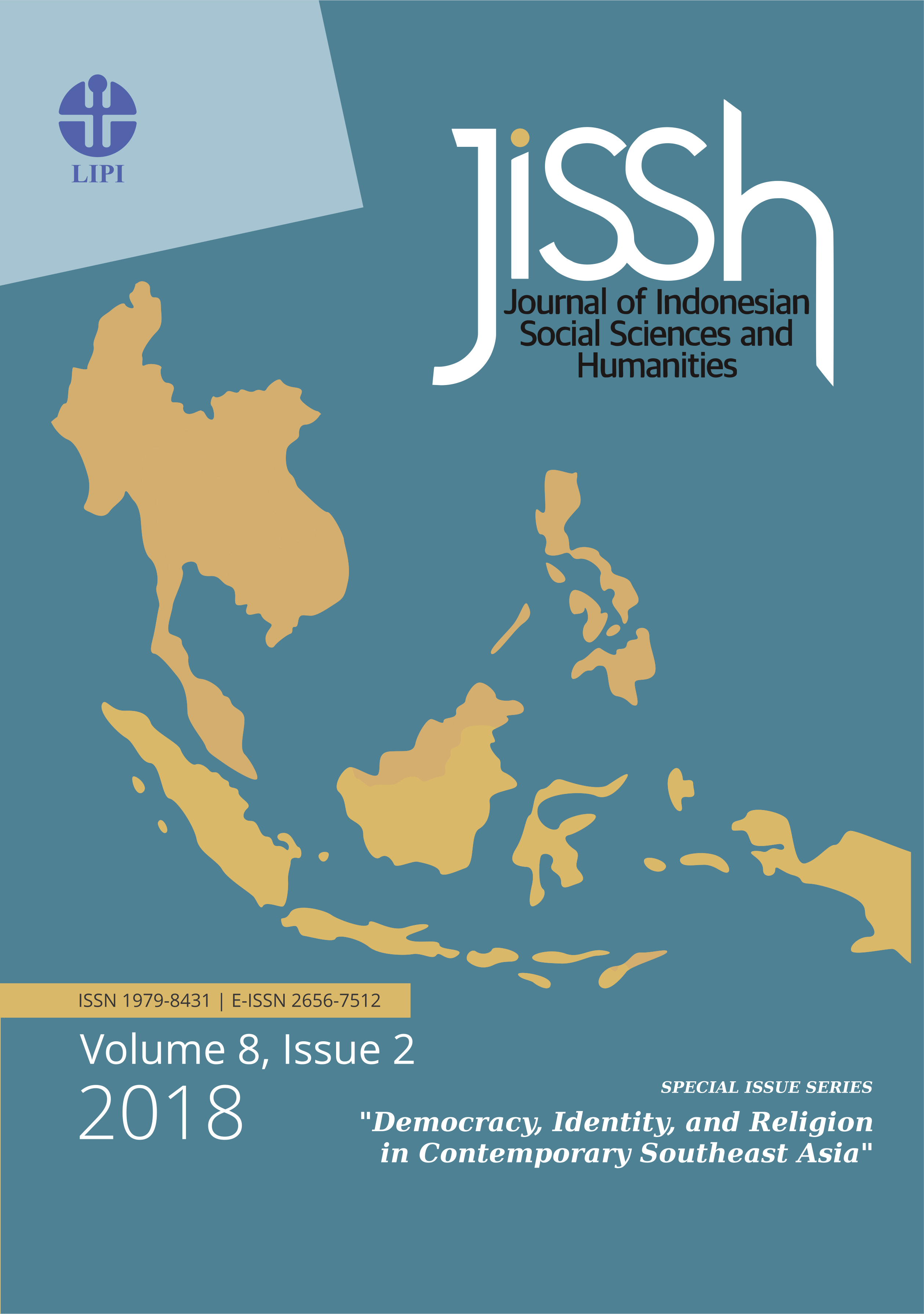Employment Opportunities and Human Resources Development in Digital Era: A Case Study in Industrial Sector
Keywords:
Employment, Human Resources Development, Digital Era, Industrial SectorAbstract
Transformation of digitalization in large industries has an impact on the automation of production equipment, including the replacement of production machines from conventional machines (manual) to digital machines. Meanwhile, automation of production equipment requires workers with higher skills, in fact the existing workforce does not have expertise in carrying out all-digital equipment. The impact is a reduction in labor (layoffs). Machine replacement is done in stages so that the reduction of workforce (PHK) in bulk is not visible. However, the inconsistency between the preparation in the world of education and the needs in the world of work continues to occur today. Until now, vocational development based on local resources has not been operating optimally and needs serious attention from the local government. The government on various occasions mentioned four leading sectors that will be strengthened in the development of vocational institutions, namely maritime, tourism, agriculture (food security), and the creative industry. In addition, the government is also developing a policy scheme for Skill Development Funds (SDF), which is a skills improvement program for workers affected by automation (PHK), including through Vocational Training Center (BLK).
References
Benedikt Frey, C., Osborne, M. A., Armstrong, S., Bostrom, N., Chinellato, E., Cummins, M., … Shanahan, M. (2013). The Future of Employment: How Susceptible Are Jobs To Computerisation? *, 1–72. http://doi.org/10.1016/j.techfore.2016.08.019
Burrow, Sharan & Byhovskaya, A. (2016). Assessing The Social Dimension of The Digital Economy. In Transformations in Technology, Transformations in Work (pp. 183–204). JustJob Network Inc.
Deloitte Access Economics. (2015). SMEs Powering Indonesia’s success: The Connected Archipelago’s Growth Engine. Deloitte Access Economic. Retrieved from www2.deloitte.com/content/ dam/Deloitte/id/Documents/finance/id-fassme-powering-indonesia-success-report-bahasa-noexp.pdf
Fors, A. C. (2012). The ontology of the subject in digitalization. Handbook of Research on Technoself: Identity in a Technological Society, (Heidegger 1977), 45–63. http://doi. org/10.4018/978-1-4666-2211-1.ch003
Hirsch-kreinsen, H. (2016). diGiTalizaTion oF indusTrial Jobs in Germany. In G. Dewan, S. & Randolph (Ed.), Transformations in Technology, Transformations in Work. JustJob Network Inc.
Jurriens, E., & Tapsell, R. (2017). Challenges and opportunities of the digital ‘revolution’ in Indonesia. In R. Jurriens, Edwin and Tapsell (Ed.), Digital Indonesia: Connectivity and Divergence (p. 304). ISEAS - Yusof Ishak Institute.
Kagermann, H. (2014). Chancen von Industrie 4.0 nutzen. In Bauernhansl, Th., ten Hompel, M., Vogel-Heuser, B. (eds.) Industrie 4.0 in Produktion, Automatisierung und Logistik. Anwendung, Technologien, pp. 603-614. Migration. Wiesbaden
Klingenberg, C. O. (2017). Industry 4. 0 : what makes it a revolution ? In EurOMA 2017.
Penggagas. (2016). Penggagas Kenali TOP 15 Startup Indonesia yang Mendapatkan Funding Melimpah dari Investor. Retrieved from http://www.penggagas.com/kenali-top-15-startup-indonesia-yang-mendapatkan=funding-melimpah-dari-investor/
Sentryo. (2017). THE 4 INDUSTRIAL REVOLUTIONS THE FIRST INDUSTRIAL REVOLUTION – 1765. Retrieved from www.sentryo.net/the-4-industrial-revolutions/
Tsatsou, P. (2014). Internet Studies; Past, Present and Future Directions. England: Ashgate Publishing Limited. http://doi.org/10.1016/j.ophtha.2009.02.001
World Economic Forum. (2016). The Future of Jobs Employment, Skills and Workforce Strategy for the Fourth Industrial Revolution. Growth Strategies. Retrieved from http://search.proquest.com/docview/1776113790?accountid=26646%5Cnhttp://link.periodicos.capes.gov. br/sfxlcl41?url_ver=Z39.88-2004&rft_val_fmt=info:ofi/fmt:kev:mtx:journal&genre=article&sid=ProQ:ProQ:pqrl&atitle=3+-+THE+FUTURE+OF+JOBS&title=Growth+Strategi
Downloads
Published
Issue
Section
License

This work is licensed under a Creative Commons Attribution-ShareAlike 4.0 International License.
Authors who publish with this journal agree to the following terms:
1. Authors retain copyright and grant the journal right of first publication with the work simultaneously licensed under an Attribution-ShareAlike 4.0 International (CC BY-SA 4.0) license. This license allows others to remix, adapt, and build upon the work, as long as they credit the author and license their new creations under the same terms.
2. Authors may enter into separate, additional contractual arrangements for the non-exclusive distribution of the journal’s published version of the work (e.g., posting it to an institutional repository or including it in a book), provided there is an acknowledgment of its initial publication in this journal.
3. Authors are permitted and encouraged to post their work online (e.g., in institutional repositories or on their personal website) prior to and during the submission process, as this can lead to productive exchanges and increase citations of the published work (See The Effect of Open Access ).


















